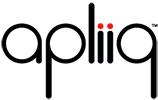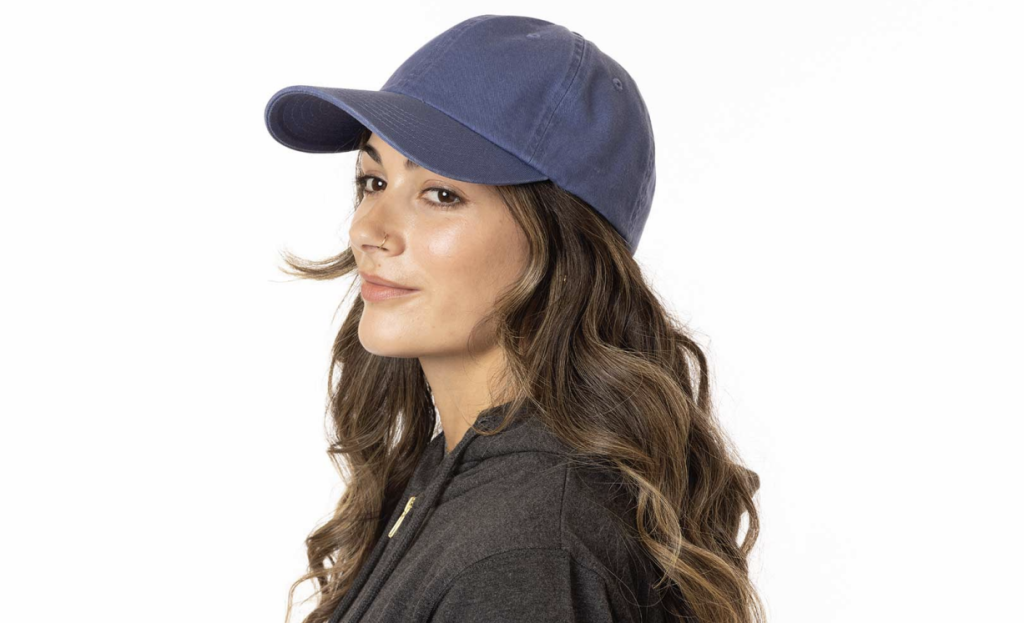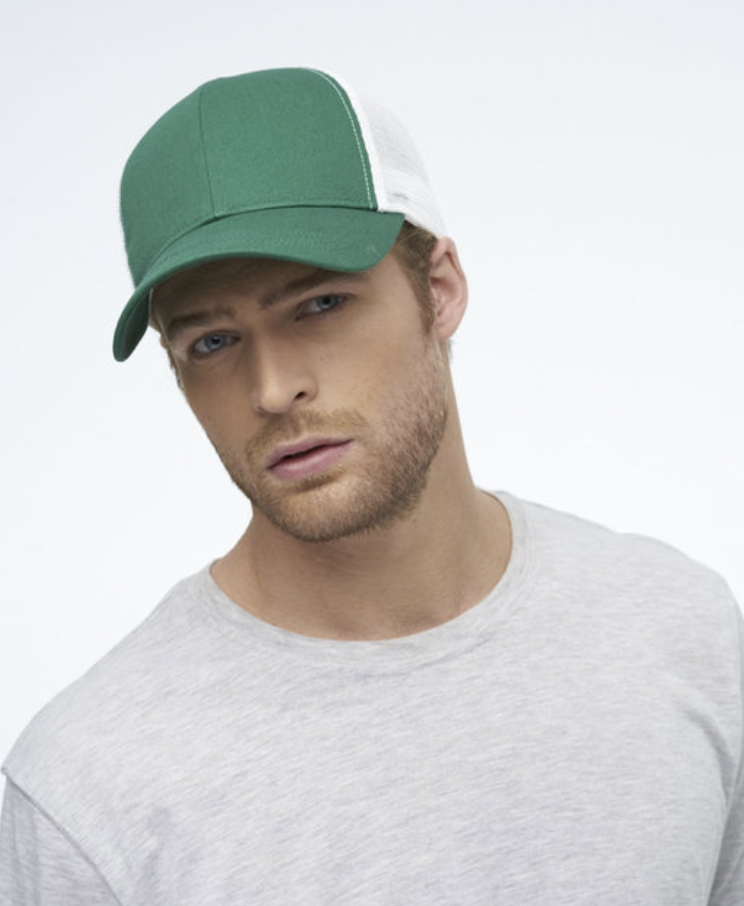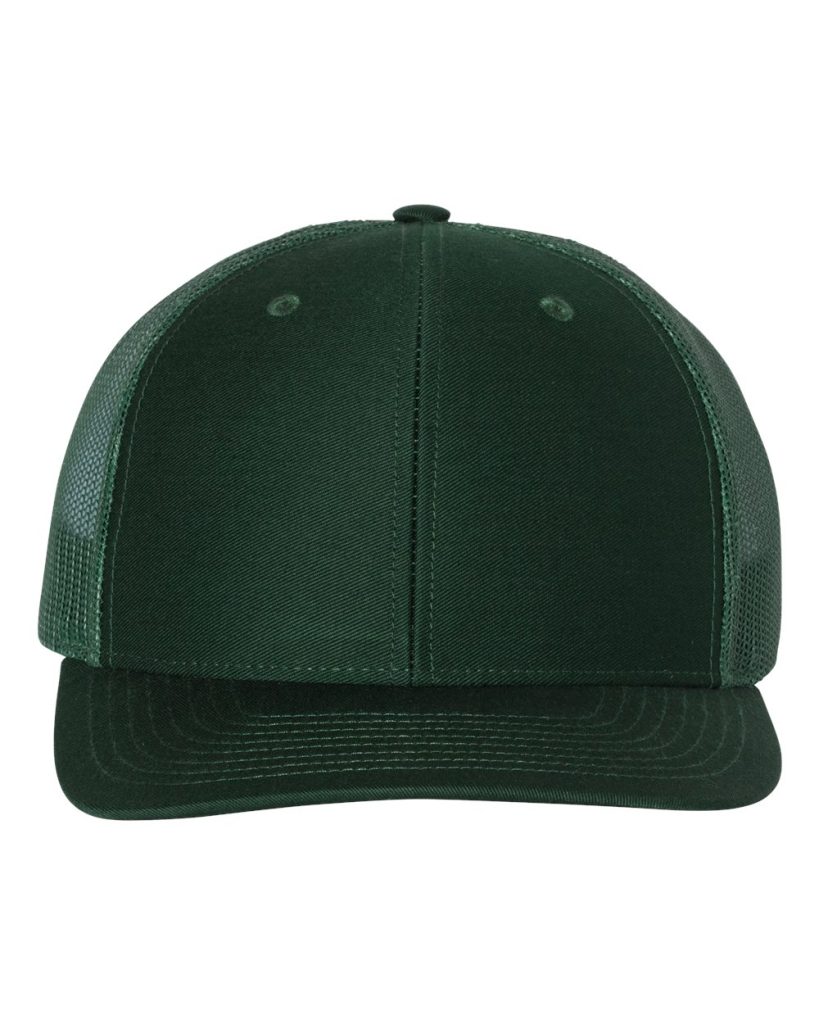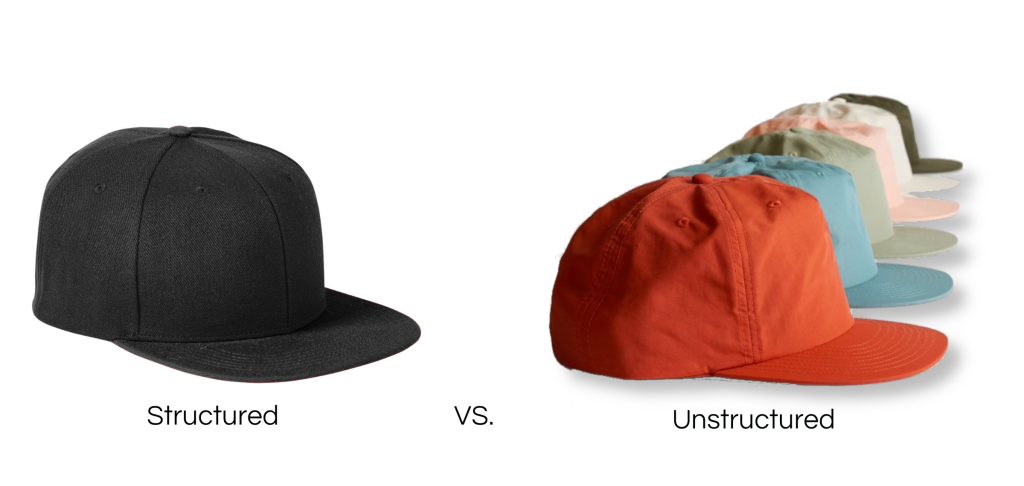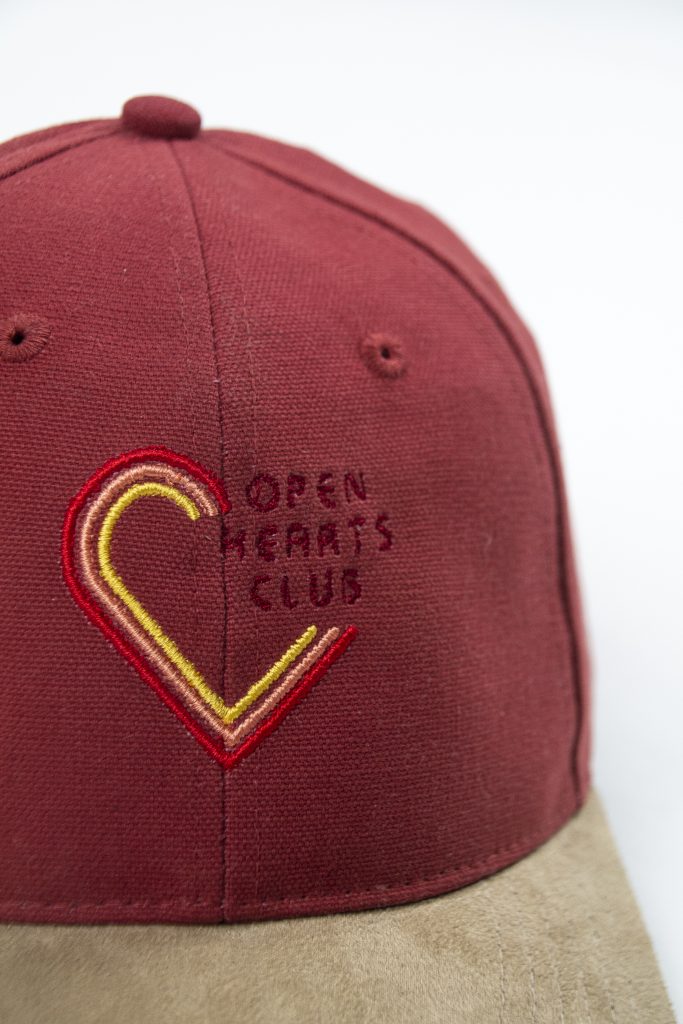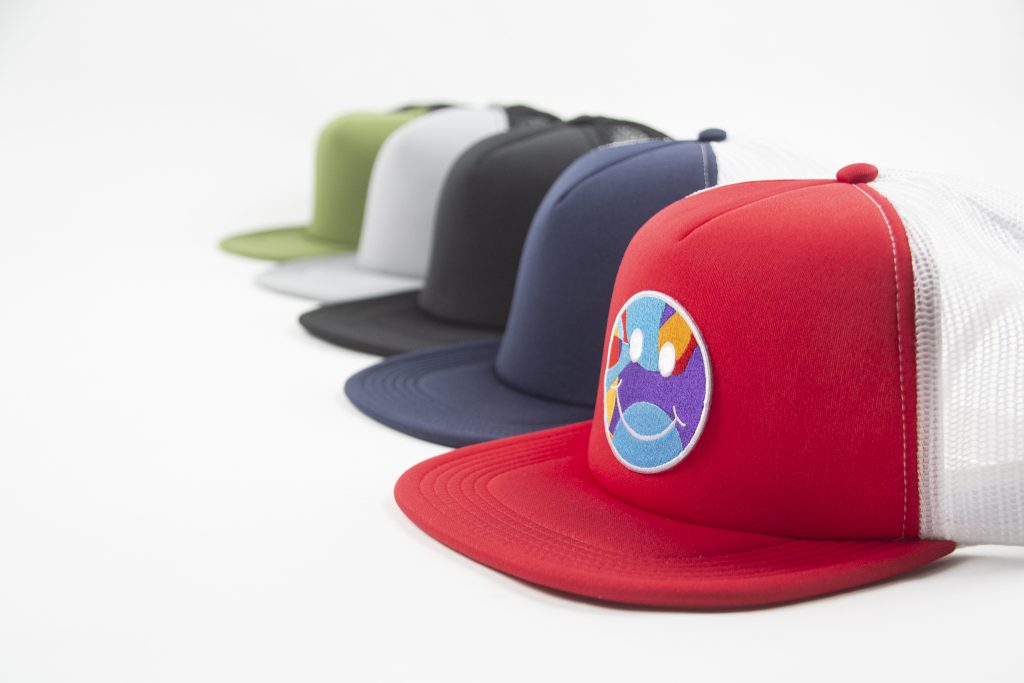Estimated read time: 9 minutes
This guide to producing hats on demand will help you understand the basic characteristics of hats to help you choose a perfect hat for your brand and walk you through the most common design decisions to fully brand or add artwork to your hats.
Why Sell Hats?
Hat sales are estimated to be between $10 billion and $15 billion annually, and the market is generally considered to be a fragmented market, with no single brand dominating the industry, making it viable for smaller or upstart brands to enter the market. The market is also projected to grow at a nice clip of ~6% CAGR. Aside from nerding out on the sales statistics, there are other reasons why selling hats is a power move!
Hats are an essential part of apparel collections as they broaden out your offering but tend to “fit” into most lifestyle brands. More importantly, when produced correctly, they can be exceptionally high profit margin contributors for clothing brands. Additionally, new approaches to on-demand manufacturing are creating great opportunities to sell fully branded hats with no minimums, dramatically reducing the risk brands face in producing, storing and selling branded hats online. Lastly, your brand’s ability to customize hats on demand makes it simple and easy for you to create unique hats that someone can’t get anywhere else, which is perfect for niche markets or other tight knit communities. Suffice to say, if you have an online community that you’re building or cultivating, it’s very likely that they will buy hats.
Get The Perfect Fit By Selecting The Right Profile
Low Profile
- A low profile hat means the crown sits lower on your head and fits more snuggly to your head. Typically it’s better to use smaller artwork sizes on low profile hats, simply because there is less real-estate for artwork with the smaller crown. Low profile hats also tend to look good with just a woven label sewn on the front crown.
- Low profile hats look great on small and medium sized heads.
- A great low profile hat to consider would be the Premium Dad Cap (BX005), or the Fitted Cap (5001)
Mid Profile
- A mid-profile hat is the perfect balance between a low profile and a high profile hat with a typical crown height of 3-4 inches.
- Perfect for medium sized heads who prefer a more standard baseball cap fit.
- Great mid-profile hats to take into consideration would be the Snapback Trucker Cap (Richardson 112) or the Econscious Trucker Organic Hat (EC7070)
High Profile
- High-profile hats are where the crown protrudes higher from the brim of the hat to produce a stylish silhouette.
- These hats are perfect for larger heads or if you prefer a loose and tall fit.
- The larger crown also supports larger design sizes, like embroidered patches and direct embroidery.
- A great high-profile hat to consider would be either the Premium Snapback (6089) or the Foam Front Trucker hat (BX030).
Key Insights From Hat Construction Techniques
You may think “who cares how the hat is made” but that type of rush to judgment will hurt your ability to find the perfect hat. In fact, knowing a little bit about common construction techniques for hats will open your eyes to different possibilities and will help you understand why some hats “fit” you or your customers, while others don’t. At the end of the day, no one wants to wear a hat that doesn’t fit them perfectly, so this little primer will help you and your customers pick the perfectly fitting hat.
Furthermore, the biggest factor that determines the “style” of hats is the method of construction being used to produce the hat. So let’s take a moment to understand how hats are made. It’s common that hats are made from “panels” that are sewn together to construct hats. As you can imagine, the number of panels used to construct the hat determines it’s overall shape and style.
5 panel
5 Panel hats are commonly called “camper hats” and feature a prominent front panel in a horizontal orientation. The center horizontal panel is a great opportunity to add your branding or artwork to the hats and is very prominently displayed. These hats tend to be low or mid profile with flat brims and feature a more stylish closure, typically a slide with buckle.
Camper hats are known for their “outdoorsy” aesthetic and tend to be a great go to hat style for any brand that cherishes the outdoors, adventure, or exploration.
6 panel
6 panel hats are the most common and recognizable type of hat constructed and are definitely considered as being the best seller. This construction technique allows for a tremendous amount of variation when it comes to the type of bill, structure, and profile of the hat.
Of special note is that 6 panel construction typically has 2 front panels, with a seam running down the middle of the front. In some cases this can create complications for adding your artwork with embroidery, and using a patch or a woven label will avoid these types of issues in creating your hats.
7 panel
7 panel hats also feature a larger and more prominent horizontal front panel, which make them great for displaying artwork and branding on the front of the hat. They are nearly always mid to high profile and they tend to look taller when worn.
What is The Differences Between Structured vs Unstructured Hats ?
Have you ever wondered why some hats can easily be folded up and put in your pocket, while others will become damaged if they are folded, bent, or squished? The reason is because some hats are designed to be structured and keep their shape, while others are designed to be unstructured.
Another way to think about them is when you take them off your head and set them at rest. A structured hat will continue to look the same and maintain its shape and an unstructured hat will collapse under the weight of gravity without your head to fill it.
Neither construction is better or worse than the other, instead both have benefits and drawbacks that can help you in choosing the right hat to make on demand.
Structured hats typically have buckram or some other stiffening fabric behind the front panel(s) of the crown. And when you look inside the hat, you will see some hard white material behind the front panels strengthening the hat and giving it structure, hence the name. Most mid and high profile hats tend to be structured, as that structure is required to support the taller crown.
An unstructured cap has no additional support behind the front panels and that is the same all the way around the crown. Many unstructured hats are low or mid profile, as they do not have the structure necessary to support a high crown.
Depending on the weight of the embellishments you want to add to your hat designs, there could be advantages to using a structured hat versus an unstructured one.
How to decide between Structured Vs. Unstructured Hats
- Travel – Unstructured hats are far easier to travel with and they are very portable. They aren’t easily damaged when being shuffled around and don’t require any specific handling or packing.
- Design Size- Larger embroidered patches or direct embroideries can be on the heavier side and would definitely fit best on a structured hat. The larger crown height is great for larger designs.
- Activewear- Most performance hats tend to be unstructured, as they tend to fit more snugly, aren’t easily damaged, and support a wider variety of performance fabrics.
- Streetwear – Classic streetwear hats tend to be structured with flat brims and provide the best
.
Brims, so much more than creating shade
Flat
Flat brim hats are popular in streetwear and feature absolutely no curve on the brim. It is possible for your end customer to bend the bill to a shape of their liking. Some wearer’s find that flat brim hats may not be as comfortable as curved brim hats.
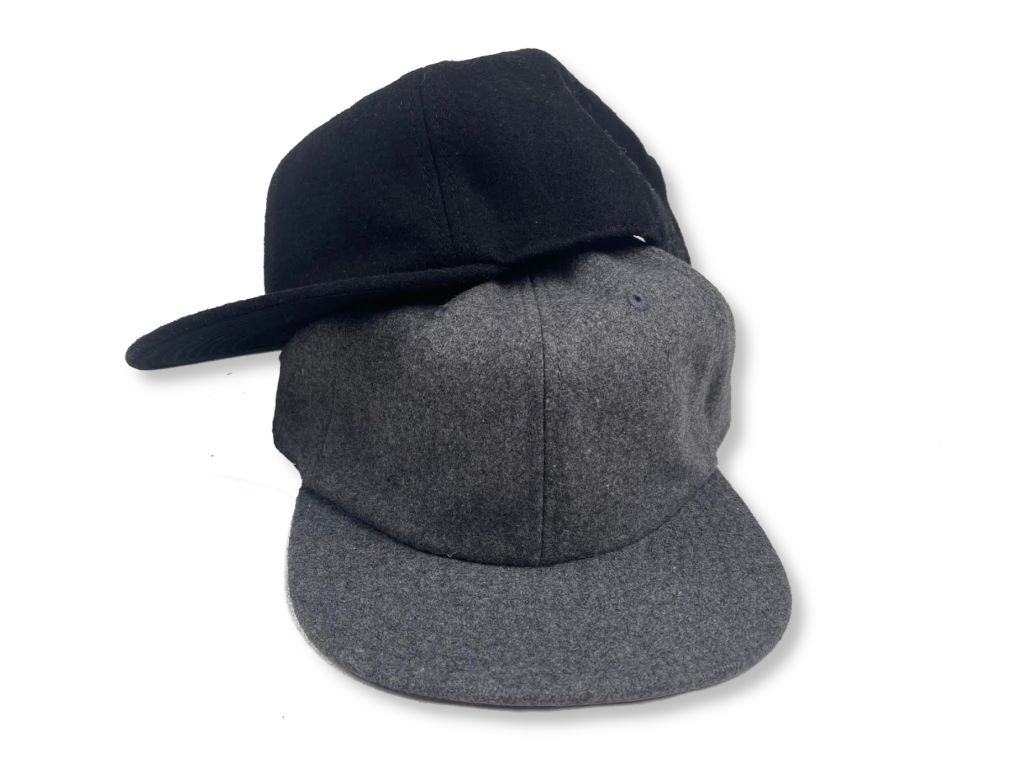
Semi Curved
Semi curved hat bills have some shape to them that helps the hat fit on the wearer’s head. They essentially come “prefitted.”
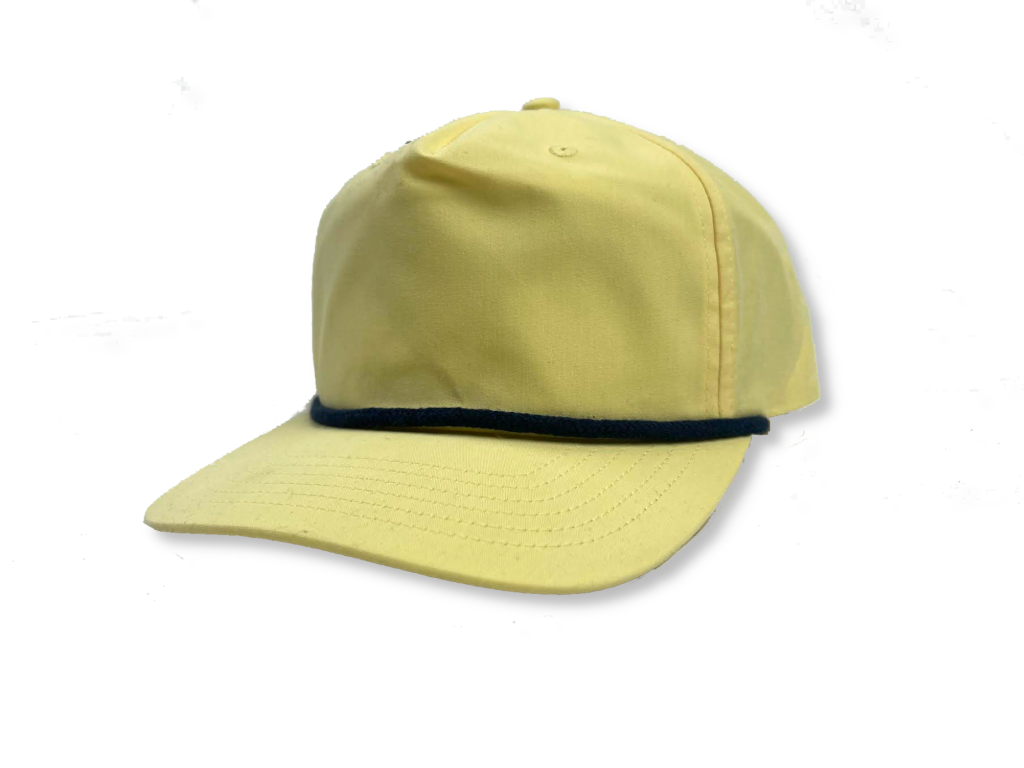
Curved
Curved brims are great to enhance the comfort of the wearer.
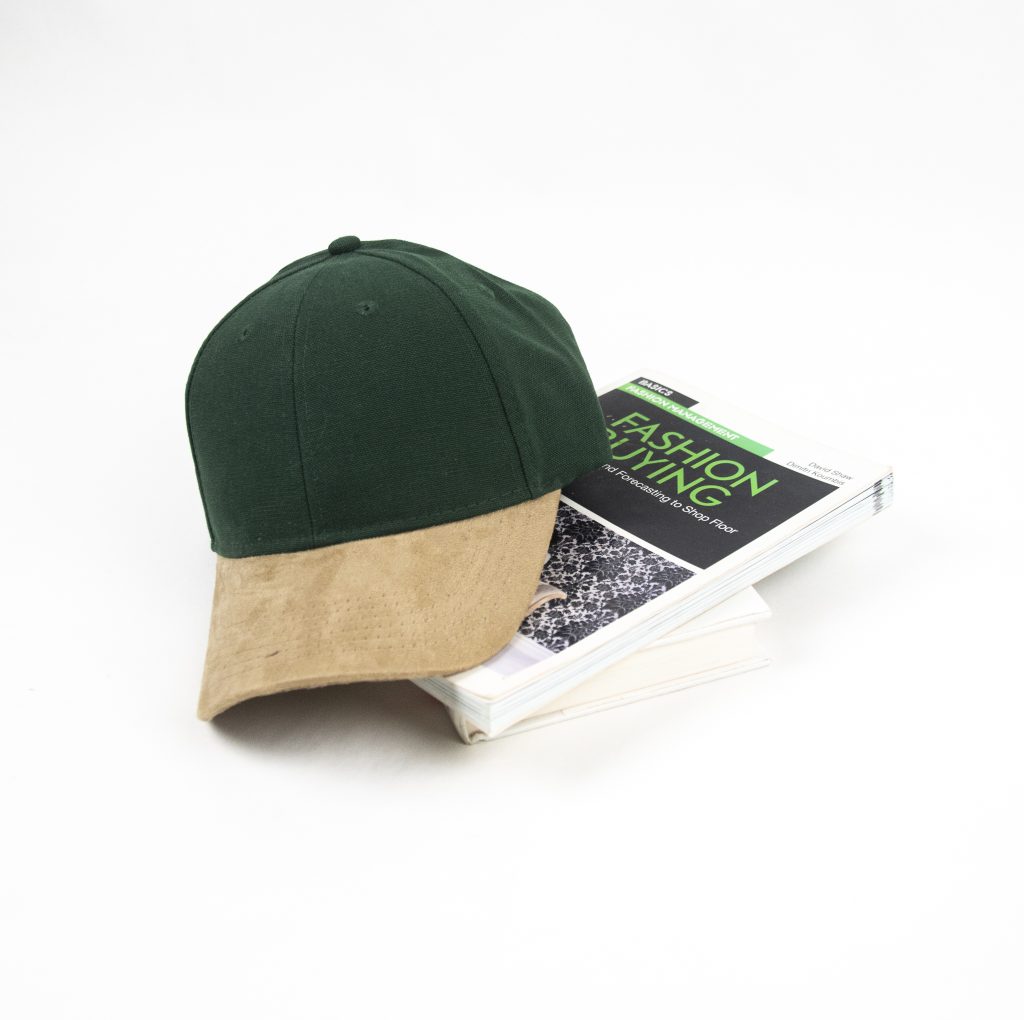
Materials & Fabrications
Cotton / Twill
Wool
Poly & Nylon
Using On Demand Embroidery & Branding To Build Your Brand Through Great Products
One of the most powerful and compelling ways to create great products for your brand is to add branding or artwork to the hat so it fits with your brand’s mission, purpose or overall aesthetic. Your customer’s should easily be able to recognize a hat design from your brand due to the prominence of using design embellishments.
The key insight about on demand production is that you only need to produce the products you need once you have already sold them. These types of hats are absolutely perfect to sell in your own online store. Making hats on demand reduces your business risks and let’s you focus your time and attention on product design and marketing.
Direct Embroidery
Embroidery is an embellishment technique which creates artwork using a sewing machine and thread. Direct embroidery is one of the simplest and most popular ways of adding your artwork to the hat. It’s available on the front and back of most hats. Embroidery designs can be text or graphic elements, but the number of colors and details in your artwork must be well managed. Embroidery also creates a texture to the design which is easily appreciated. Lastly, embroidery will last for the life of the garment and will not fade or peel overtime.
Woven Labels
Woven labels are hands down the best way to add your company’s logo to a hat! They are supremely high quality and look great featured as an internal branding element or in highly visible placements on the outside of the hat.
Patches
Patches are also one of the most popular ways to add branding to your hats. They are nearly always sewn in highly visible prominent locations on the outside of your custom hats. Patches can be constructed using a number of different techniques and materials, like printing, embroidery, leather, pvc, etc. Patches are typically sewn onto hats and have some added texture.
Branded Hats On Demand: 3 Amazing Benefits
Congratulations, you are now a “hat expert” since you understand different construction types and brims, materials and embellishment techniques. You are now fully equipped to create a fully branded line of hats for your business or community. Creating custom hats is a great way to get started creating custom products for your store for the following reasons:
- Reach Niche Markets & Communities – Hats are universal products with broad appeal. With your community insights and design capabilities you can create branded hats specifically for your community.
- Super High Margins So You Earn More – When using branding techniques like woven labels and embroidered patches, they are super high margins which maximizes your earning.
- Minimal financial risk – When you make your hats on demand, there is no need for inventory planning purposes, purchasing products upfront for inventory, or warehouse storage fees. This keeps your financial risk to a minimum.
